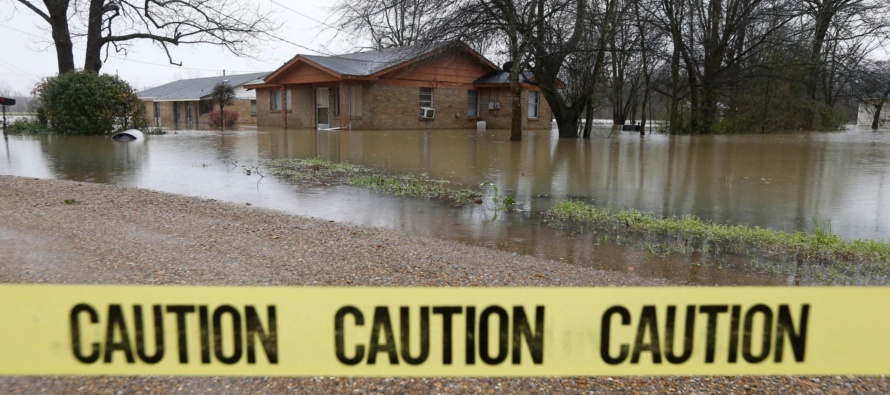It’s time to check those irrigation sensors.

Related Articles
- 2010 Row Crop Short Course Video Links 0
- Key Corn Verification Findings 1
- What to Expect from Later than Normal Corn Planting 2
Latest Tweets
Considering the 6 plus inches of rain we had the last 24 hours, irrigation is the last thing on most folks minds. While we have some time around the shop the next few weeks, here are some things to consider to prepare for irrigation season this summer. Watermark soil moisture sensors are probably the most widely used sensor here in the Delta. We are now into the sixth or seventh year utilizing this technology to trigger irrigation scheduling. Watermark sensors have a useful life of approximately five years per Irrometer’s web page. Considering the time and effort it takes to replace a bad sensor after installation, dated sensors should be discarded and replaced with new sensors. The MSU Irrigation Team routinely inscribes with a permanent marker the date the sensors are put into service. This allows us the opportunity to discard old watermark sensors before they become a problem.
Pre-conditioning of the Watermark sensors is a must!
Watermark sensors must be pre-conditioned prior to installation. To pre-condition, slowly wet the sensors by partially submerging them (no more than half way) in water for 30 minutes in the morning, let dry until evening, wet for 30 minutes, let dry overnight, wet again for 30 minutes the next morning and let dry again until evening. Soak over the next night and install WET. Sensors must be installed wet. Pre-conditioning the sensors ensures quick response to changing soil moisture conditions. If a sensor is only soaked and then installed, several irrigation cycles must pass before it will respond accurately.
Multiple WATERMARK sensors can now be installed on a single piece of PVC pipe utilizing the relatively new 200SS-5-S type sensor (on right). The 200SS-5-S sensor is constructed with the mesh sensor located between two spigot ends for mounting to the PVC pipe. The MSU Irrigation Team suggest you utilize this technique for the 6″ and 12″ sensors. We encourage to to try a couple 6″, 12″, and 24″ combinations, but we have had issues installing and retrieving the combination sensor at the 24″ depth. More information can be found at the Irrometer web site, http://www.irrometer.com/pdf/instruction%20manuals/landscape/952%20Pipe%20Install%20Manual%20Single%20and%20Muti%20Depth%20%20WEB.pdf
Write a comment
No Comments
View comments






Let me tell You a sad story ! There are no comments yet, but You can be first one to comment this article.
Write a comment